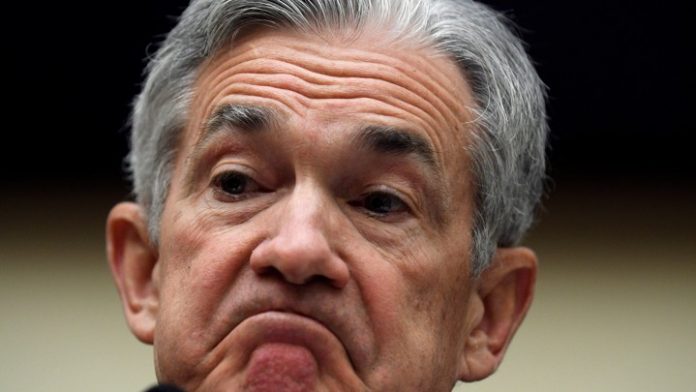Real GDP growth in the U.S. is slowing. The Fed Chairman has acknowledged it, but still believes that recession risk is minimal and continued strong growth is on the horizon. Several economic warning signs have appeared – including a controversial inverted yield curve – but investors continue to ignore them after the market made new highs in July.
In August, a correction occurred, followed immediately by a rally that stretched into September.
On September 18th, the Fed cut rates yet again.
Sound familiar?
To most, that would accurately describe how the market has behaved over the last few months.
But it’s actually something that was observed by analysts back in October 2007, when they took inventory of the investing climate at that time.
Just a few weeks later, the market made another new high, right before the financial crisis of 2008 sliced investors and homeowners alike.
Now, that doesn’t mean we’re set for another financial crisis. Nor even a recession.
After all, a surprise housing bubble burst is what truly triggered the 2008 meltdown.
But what it could mean is that the market is just one bearish event away from a significant correction. Some analysts think that the Saudi oil attacks may have been the trigger.
Others, like myself, are wary of negative yielding European bonds. If those yields flip positive, scores of bondholders – which are primarily institutions – are set to get scorched in a massive way. Which, ironically, could happen if the European Central Bank’s quantitative easing causes an economic revival in the Eurozone.
The total damage of a European bond fallout could be immense, and the United States wouldn’t be immune to its effects.
But it’s something that current Fed Chairman Jerome Powell doesn’t see as a major risk. In fact, he didn’t even mention it during his September 6th statement about the economy:
“We’re not forecasting or expecting a recession,” he said.
“The most likely outlook is still moderate growth, a strong labor market and inflation continuing to move back up. Our main expectation is not at all that there will be a recession.”
And though Powell may be correct in his observations, his comments sounded ironically familiar to something former Fed Chairman Ben Bernanke said in November 2007:
“Our assessment is for slower growth, but positive growth, going into next year.”
The U.S. economy went into recession just one month later.
And yes, again, I understand that the parallels between now and then are certainly anxiety inducing.
We even have several aforementioned “triggers” in place. Another one could appear if U.S. rates flip negative like we’ve seen in every other country.
But there’s one major macroeconomic event at play that investors didn’t have to contend with in 2007:
A trade war with China.
For better or for worse (mostly for worse), the market’s movement has largely been dictated by trade war developments.
Just a few weeks ago, stocks rallied on the news that China and the U.S. were planning to meet in October to discuss a trade war resolution.
Then, last Friday, equities dropped after Chinese trade officials cut their U.S. visit short.
Sprinkle in a few poorly timed tweets from President Trump, and you’ve got a recipe for highly volatile, indecisive market.
So, while stocks are certainly doing the same things they did in 2007, the cause for their behavior is entirely different.
Add to that the fact the entire world is racing to historically low rates, and you’ve got a scenario that Is completely unique to our current investing climate.
Yes, equities are in a precarious spot. But if this earnings season turns out to be a good one (while unemployment stays low), we’ll probably see stocks continue their bullish move to end the year.
Provided that another bad enough “surprise” doesn’t show up in the meantime.
Which, these days, could happen at the drop of a hat.








